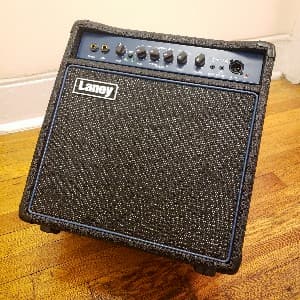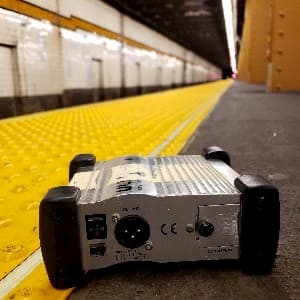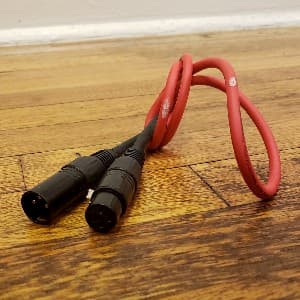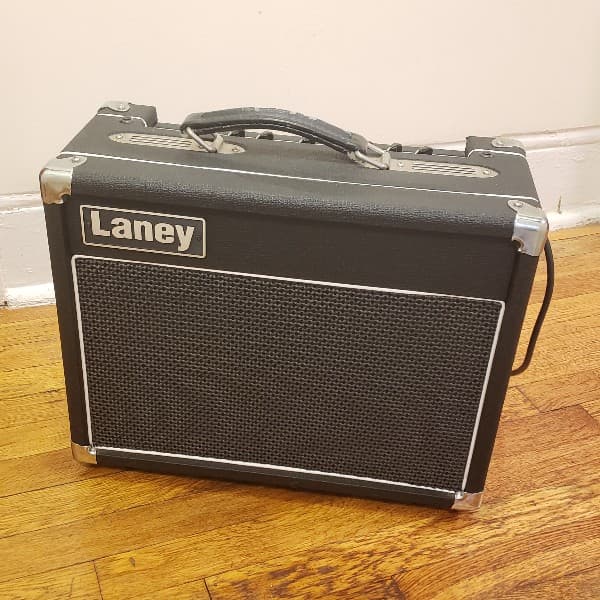It seems like it’s been a while since I wrote about recording anything. So, I’m delighted to share a little ditty with you, called You Stand Accused.
While most songs I record can get a little complex, this was actually conceived, written, and recorded in a day.
It was so simple, I don’t think it’s even worth explaining beyond this single post.
You Stand Accused: background
Like many other white males during the Covid-19 crisis, I’ve been on the internet, giving opinions. One of my outlets for internet opinions is a little thing called, You Stand Accused.
Essentially, it’s a spin off from another thing where myself and other white males rank a movie franchise. I enjoy bad movies, so the idea for a spin off focused on bad movies that align with the main show came about. The group refer to me as Ronan The Accuser, so the name came from that.
I’ve obsessed before about audio branding, so of course I wanted music to be an integral part of the show. I wanted a distinct memorable intro, and background music throughout. Namely, open with a chorus, and the rest of it instrumental.
I woke up one morning at 7am with the lyrics and general idea of the music in my head. Then, I just got up and started working it out. Then I put it on hold to work for the day, and finished it off that evening.
If I did them all that quickly, I’d have a ridiculous catalog of songs!
You Stand Accused: rig run down
I recorded this so lightly, it doesn’t even warrant going into a rig run down for each instrument section.
Here’s what I used:
General
- ASUS Chromebook Flip C100PA
- Beyerdynamic DT-240 PRO headphones
- BandLab Link Digital audio interface
- Pig Hog instrument cables
- Ernie Ball Regular Slinky guitar strings
- Dunlop Gator Grip 1.14mm picks
- Hotone Tuner
- Ibanez Tube Screamer Mini
- Palmer BatPack 8000
- MXL V67G microphone
- Pig Hog 10ft XLR cable
- Portastand Compact Mic Stand 2.0
- Samson PS01 pop shield
- BandLab free, online, in-browser DAW and companion app
Bass
Guitars
- Dean USA Z
- Gibson ES-335
- Fender American Standard Stratocaster
- Laney VC15-110 guitar amp
- Zinky Smokey guitar amp
Seriously, I kept it so simple, it was all created in a single BandLab project. It’s even devoid of micro-mixing!
Drums
Obviously, there’s a pandemic, so my usual way of recording drums was out. And, I wasn’t that impressed with my drumming on an app for a whole actual song.
But, this is a rock song… it needs drums!
So, I did something I resisted until now: used BandLab’s built-in drum machine.
Although I generally hate drum machines, I have to be honest… it actually kind of worked. While there’s no mistaking them for real drums, and it’s far from nuanced, it did the job for a quick drum solution.
Once I had the BPM in place, it didn’t take too much fiddling to work out.
You can choose the type of drum machine or drum kit you want to use. Because I had this in my head as an indie pop song, I used the one labeled as an Indie Rock drum kit.
Then, you can choose up to eight different drum patterns. I used five: one with a high hat count in – just like a real drummer!; then two each for the verse and chorus. In my head, it was a simple song. I was trying to just get it done, so it followed that this drum programming would be kept simple.

I think I spent about half an hour on it in total.
Perhaps the most unusual thing about this was that I essentially worked out the drums as I was structuring the song. I’ve certainly never done that before.
Bass
Next up, it was time to record bass. In keeping with the simplicity of the drums, I just played the root note of the guitar chords. That was it.
I think this is my first time writing about a new way I’ve been recording bass? OK, let me tell you about that.
Although recording bass directly into the audio interface has done the job, it always seemed a little flat.
So, I got me a little bass amp – a Laney RB2. I should review that. In any case, I also got a DI box, because the BandLab Link Digital input is very sensitive, and the DI output from the Laney is quite powerful for it, so the DI box gives me some control.



Once I created a new track for it in BandLab, my shiny new process for recording bass went as follows:
- Firstly, I plugged the DI box into the RB2’s DI output
- Then, I plugged the other side of the DI box into my audio interface
- I plugged my bass into the Laney, via my pedalboard, because I still have to tune my bass
- I clicked on the DI box, and pressed the button to reduce the gain by 20dB
- Next, I set the EQ on the amp to what I like; to be honest, I just use the same as what I use on guitar
- Then I checked the level of the bass in BandLab until it was where I wanted it
It was amazing. Whereas previously, I could barely touch the input level on the audio interface before it peaked, now, it was about halfway when it was where I wanted. I love it!
Anyhoo, then, I just clicked the record button, and did it in two takes.
Guitars
In order to record guitars, I unplugged the bass rig from the audio interface, and plugged in a microphone. It was a very standard affair.
- I started by placing the microphone in front of my Laney guitar amp – the front of the mic about six inches from the front of the amp, pointing at halfway between the center and the circumference of the speaker
- I created a new track in BandLab, starting with the 335, and then before recording each subsequent guitar
Firstly, I recorded the 335, just to have that middle of the road part, and because open chords are easy to play to get the sound in place. Then, I swapped it for the Z, where I played power chords on the verse and open chords on the chorus. Then, I swapped that for the Strat, and just played some simple widdles on the chorus part.

Finally, I swapped amps, and played the Strat through my Smokey amp. I repositioned the mic so it was just generally pointing face on the tiny speaker.
Bish bash bosh. Done.
Vocals
And in the end, there was nothing left to do but sing.
Due to the nature of the song and its intended use, there was only a single chorus part to sing.
I lifted my little rig into the bathroom, put a pop shield on the mic stand, created a new track, took a level, and clicked record. I created two more tracks
That’s it. I’m not going to pretend there was anything too elaborate about this process.
You Stand Accused: conclusion
In summary, the thing that I’m most surprised at about You Stand Accused is the drums.
I debated whether or not You Stand Accused needed acoustic guitars. Ultimately, I didn’t record them. But I’m still not convinced that it was the correct decision. I think I was so busy, it was a corner I cut.
Additionally, it was only while writing this post that I realized I didn’t put any percussion on it. Oh well. Next time.
Thanks for reading!
If you found this helpful, subscribe on the right-hand side of this page. You’ll be notified of new posts on Thursdays, inspiring you going into the weekend.
And share why you found it helpful. Because it helps us, and others!
Share your own light audio recording thoughts and experiences! There’s a Facebook group, a Subreddit, Twitter, and Instagram.
Also, on LinkedIn, you can see the business-brain of Light Audio Recording at work.
Finally, this is a music project, so we’re on Spotify – the playlist below starts with the most recent release and works backward. So, feel free to follow us!
However, do remember that it takes 2,000 plays on Spotify to generate a single dollar, so it would take 6,000 plays to get a coffee…
